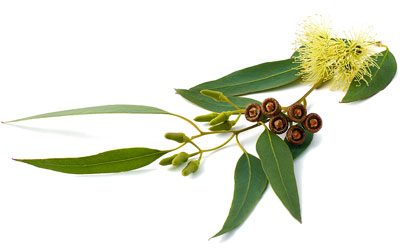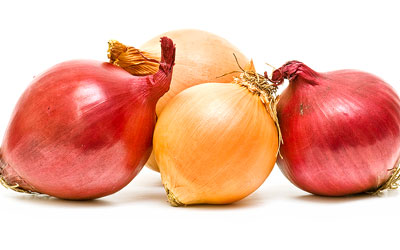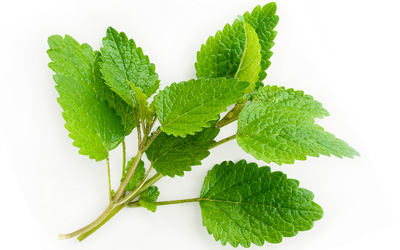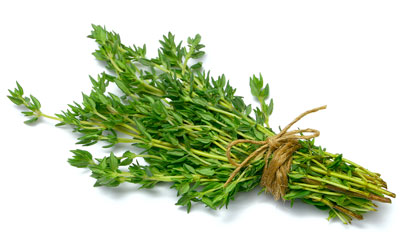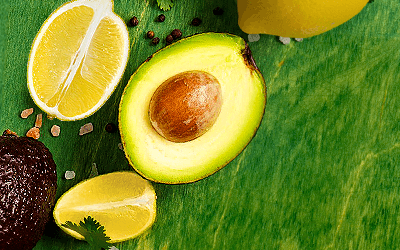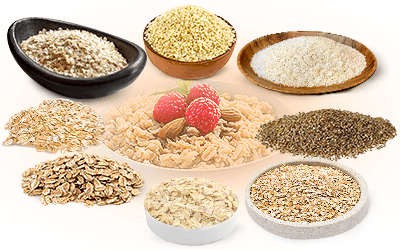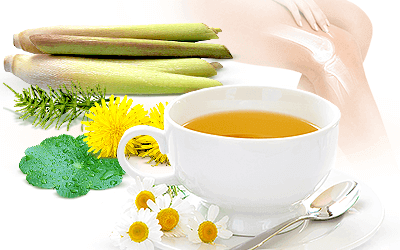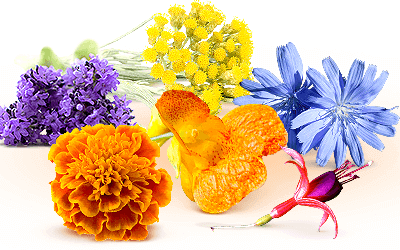Hay fever affects one in five people.2
Asthma is a condition affecting one in twelve adults.1 During an asthma attack, the airways become inflamed and narrow, muscles tighten, and sticky mucus known as phlegm is produced. This causes severe coughing and wheezing, creating a feeling of tightness in the chest and making breathing difficult.Hayfever - an allergy to pollen - is a common trigger of asthma attacks. Characterized by sneezing, runny nose, and itchy eyes, hay fever occurs when the proteins in pollen cause the nose, eyes, throat, and sinuses to become irritated and inflamed.Herbal remedies can be concocted using herbs with anti-inflammatory and anti-congestant properties in an aromatherapy contextto relieve the swelling and blockages to the airways associated with both asthma and hay fever. Try adding these essential oils and dried herbs to bathwater or a bowl of steaming water and inhaling deeply to clear the airways and keep asthma attacks and bouts of hay fever to a minimum.
1. Eucalyptus (Eucalyptus globulus)
The eucalyptus leaf contains anti-inflammatory compounds, which can help to reduce the swelling associated with hay fever and asthma. There is also evidence to suggest these compounds can help prevent asthma attacks by breaking up mucus. Try adding a couple drops of eucalyptus essential oil to hot water for congestion relief.
2. Thyme (Thymus vulgaris)
Thyme is an herb with spasmolytic properties to soothe muscle constriction.The herb has been used to relieve muscle tightness in the bronchi (i.e., the passages that carry air in and out the lungs) to relieve and prevent asthma attacks.
3. Myrtle (Myrtus communis)
The essential oil of Myrtle has anti-inflammatory abilities and can be inhaled to relieve swelling and discomfort in the sinuses, face, eyes, throat, and airways. This property can benefit both asthmatics and hay fever sufferers.
4. Onion (Allium cepa)
Onion contains a compound called quercetin, which is often a key ingredient in the pharmaceutical anti-histamine medications used to treat hay fever. It blocks the substances involved in allergic reactionsand has anti-inflammatory properties, which means it could relieve swelling in the bronchi in asthmatics, too. Inhaling raw onion or chewing on it are both ways to experience the herb's medicinal effects.
5. Lobelia (Lobelia inflata)
Lobelia is an herb that has a long-term history of treating respiratory disorders because it breaks down mucus in the throat, lungs, and bronchial tubes. While it should only be used in small dosesto prevent toxicity, lobelia extract, tincture, or capsules can be acquired to relieve the congestion associated with asthma and, to some extent, hay fever.
6. Peppermint (Mentha x piperita)
Peppermint has anti-inflammatory properties, which can be used to relieve the facial, throat, neck, and sinus swelling associated with hay fever and asthma. With a sharp and distinctive menthol odor, the herb can also help clear congestion by breaking down phlegm in the bronchial tract.
Asthma is a lifelong conditionand attacks can be serious, so it's worth knowing which herbs to use tokeep the bronchi clear. While hay fever is not life-threatening, it is anuisance; itchy, streaming eyes and constant sneezing can ruin a sufferer's experience of the spring and summer months when pollen is rife. Understanding which herbs relieve congestion and swelling in the airways means you can use these remedies pre-emptively to lower your susceptibility to potential triggers.
Sources
- Journal of Biological Regulators and Homeostatic Agents, Role of quercetin (a natural herbal compound) in allergy and inflammation
- National Health Service, Asthma | Hay fever | Eucalyptus
- Natural Product Communications, Myrtus communis inhibits inflammation in rats by reducing serum IL-6 and TNF alpha, 2011
- Planta Medica, Thyme extract, but not thymol, inhibits endothelin-induced contractions of isolated rat trachea, 2008
- University of Maryland Medical Center, Lobelia
- Dermatitis, Mentha piperita (peppermint)
Footnotes:
- Centers for Disease Control and Prevention (CDC). (2011). Asthma in the US. Retrieved July 6, 2021, from https://www.cdc.gov/vitalsigns/asthma/index.html
- Moorfields Eye Hospital. NHS Foundation Trust. (2017). Top tips for managing hay fever symptoms. Retrieved July 6, 2021, from https://www.moorfields.nhs.uk/news/hay-fever



